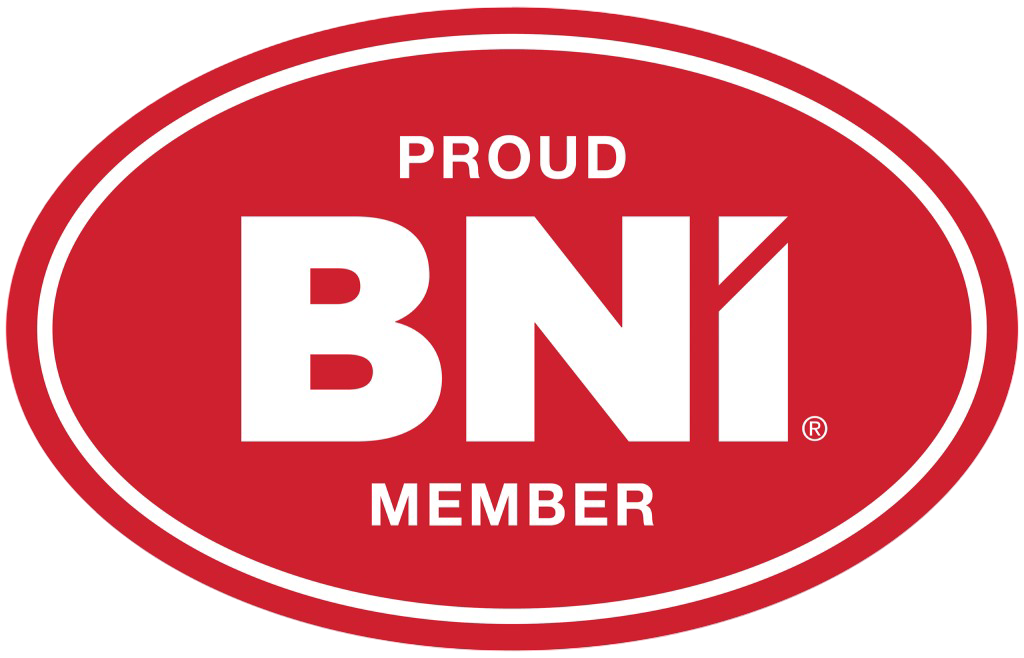For the Plaintiff, seeking immediate medical attention is paramount after a motor vehicle accident. However, timely medical care is no use if it is not properly documented. The documentation not only ensures coverage and the well-being of the individuals involved but also establishes a crucial foundation for document-ing injuries, that can then be used to build the value of the plaintiff’s case. Early intervention allows for accurate diagnosis and treatment, setting the stage for the points you will want to harp on when either negotiating the case with the adjuster or things that you will want to draw the jury*s attention to in trial.
Accurate documentation of injuries creates a clear link we need between the accident and the resulting physical harm. These records become instrumental in establishing the extent of injuries, their connection to the incident, and the necessary course of medical treatment. Additionally, these records serve as the ammunition your attorneys use when doing battle with the insurance company to obtain just compensation for the injuries incurred as a result of the subject accident.
As you know, motor vehicle accidents can result in a wide range of injuries, from visible bruises and cuts to less apparent internal trauma. Ifs imperative that the medical provider fully evaluate your client and properly document all injuries to ensure that nothing is overlooked. Photographs provide a visual record of the immediate aftermath and can then be used either as part of the demand package or blown up to be used as exhibits in trial to show the jury the extent of the damage that the accident caused. Make sure to ask your clients to take pictures of visible injuries, bruises, cuts, and any physical damage sustained during the accident.
Finding medical providers that understand the importance of obtaining clear and concise information from your client regarding their injury and being able information accurately in medical documents is a game changer and goes a long way to strengthening the overall documentation of the case. The progress reports created during appointments provide a timeline of healing and contribute to the overall strength of the injury claim. If the provider fails to sufficiently document injuries and progress, or lack thereof, it can have severe legal consequences. Incomplete or inaccurate records may compromise the credibility of the injury claim, potentially impacting the outcome of legal proceedings.
Don’t be afraid to contact your client and have a direct and open conversation with them regarding how they are feeling and any progress that has been made with their injuries. Often, they may overlook things that they may not realize is a result of the accident and can be beneficial to their claim. Aside from medical records, sending a preservation letter (Spoliation Letter) to the insurance company or the at fault party is a must! This ensures that any information they may have that could benefit your case is preserved, if and when litigation ensues.
In conclusion, in the aftermath of a motor vehicle accident, obtaining detailed documentation of injuries is not just recommended, it’s required. From immediate medical care to future legal proceedings, proper documentation forms the bedrock of a successful personal injury case. All parties involved should prioritize this process, understanding that it is the best way to secure the intended outcome.
Michael Mills, Esq.
I.A.N.INJURY ASSISTANCE NETWORK
I.A.N. Injury Assistance Network
Phone: (800) 988-2341
Email: mmills@injuryassistancenetwork.com
Website: https://www.injuryassistancenetwork.com/
Location:
823 N. Thornton Ave Orlando, FL 32803











